STEM Educator | Chemistry & Scientific Literacy Advocate | Graduate Student Mentor


ARSC 105 Module 5
Chemicals, Drugs, and Public Health
Over the past decade, the public has been increasingly persuaded—largely by media and private companies—that going “chemical-free” is the best way to keep their homes safe and their families healthy. This mindset has extended into the health and wellness space, where vitamins, supplements, and natural remedies are often promoted as alternatives to traditional medicine and vaccines.
Module 6: Chemicals, Drugs, and Public Health helps students navigate the widespread mis/disinformation in this area through foundational chemical education. In addition to traditional lectures introducing new content, the module incorporates a variety of case studies that explore current socio-scientific issues, as well as notable historical examples in public health. These case studies provide opportunities for students to practice identifying mis/disinformation and applying evidence-based reasoning.
Lecture Schedule & Resources
Lecture 1: Chemistry 101
Lecture 2: Chemicals, Metals, Pesticides, and Toxins in Food, Water, and Home goods
Lecture 3: Example case study: Flint Water Crisis
Lecture 4: Genetically Modified Organisms
Lecture 5: What is a drug?
Lecture 6: Clinical trials
Lecture 7: Vaccines
Basic chemistry every citizen should know.
Additional Resources: Lecture Slides
Natural vs. synthetic chemicals. Safety data sheets & LD50 values. Chemical regulation agencies. IARC carcinogenic classifications. Toxic metals.
Additional resources: Lecture Slides
Flint, Michigan: Lethal Water from Harvard University
Human insulin production. Gardasil Vaccine. Transgenic crops. Golden rice. CRISPR.
History of drugs. How drugs work. Drug discovery. Food & Drug Administration.
Drug discovery & development timeline. Tuskegee syphilis experiment. Double-blind, randomized, controlled clinical trials. Operation warp speed. Complimentary alternative medicines (CAMs). Homeopathic medicines.
Immune system responses. Active and passive immunity. Example: smallpox. RNA vaccines.
Public Heath Case Studies


The following case studies were developed with support from the National Science Foundation’s Improving Undergraduate STEM Education (IUSE) Program. To see a full list of case studies and additional resources, visit
Spotting the Pseudoscience website.
01
Features of Science Misinformation/Disinformation Efforts: Understand how to detect false information.
03
With the anti-vaccine movement continuing to permeate social media and now gaining traction in political discourse, this case study is more important than ever.
05
This case looks at the story of how DTT went from a "miricle" chemical to being banned in the United States.
07
Explore one of the most notorious mis/disinformation campaigns, led by the tabbaco industry.
02
Water fluoridation has recently been revisited by politicians. Use this case study to clear up confusion.
04
A powerful example of how science and policy successfully addressed a major environmental issue. However, the journey was not without challenges, as mis/disinformation played a significant role along the way.
06
Lead is one of the most hazardous chemicals to human health. Explore the history of leaded gasoline and it's impact on health in the 20th century.